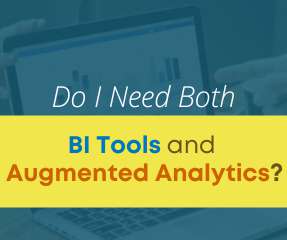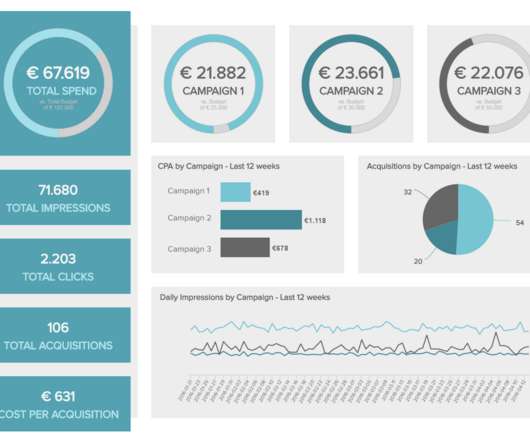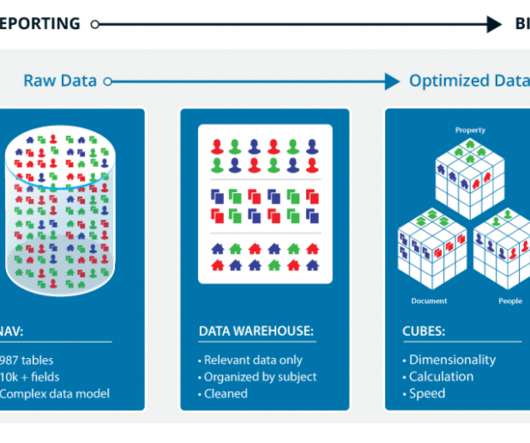Do I Need Both BI Tools and Augmented Analytics?
Smarten
JUNE 10, 2022
Traditional business intelligence is focused on reporting and queries, whereas advanced analytics is focused on the analysis of structured and unstructured data to optimize, correlate and predict the activities and strategies that will help the business succeed and to predict results. Key Performance Indicators (KPIs).




















Let's personalize your content